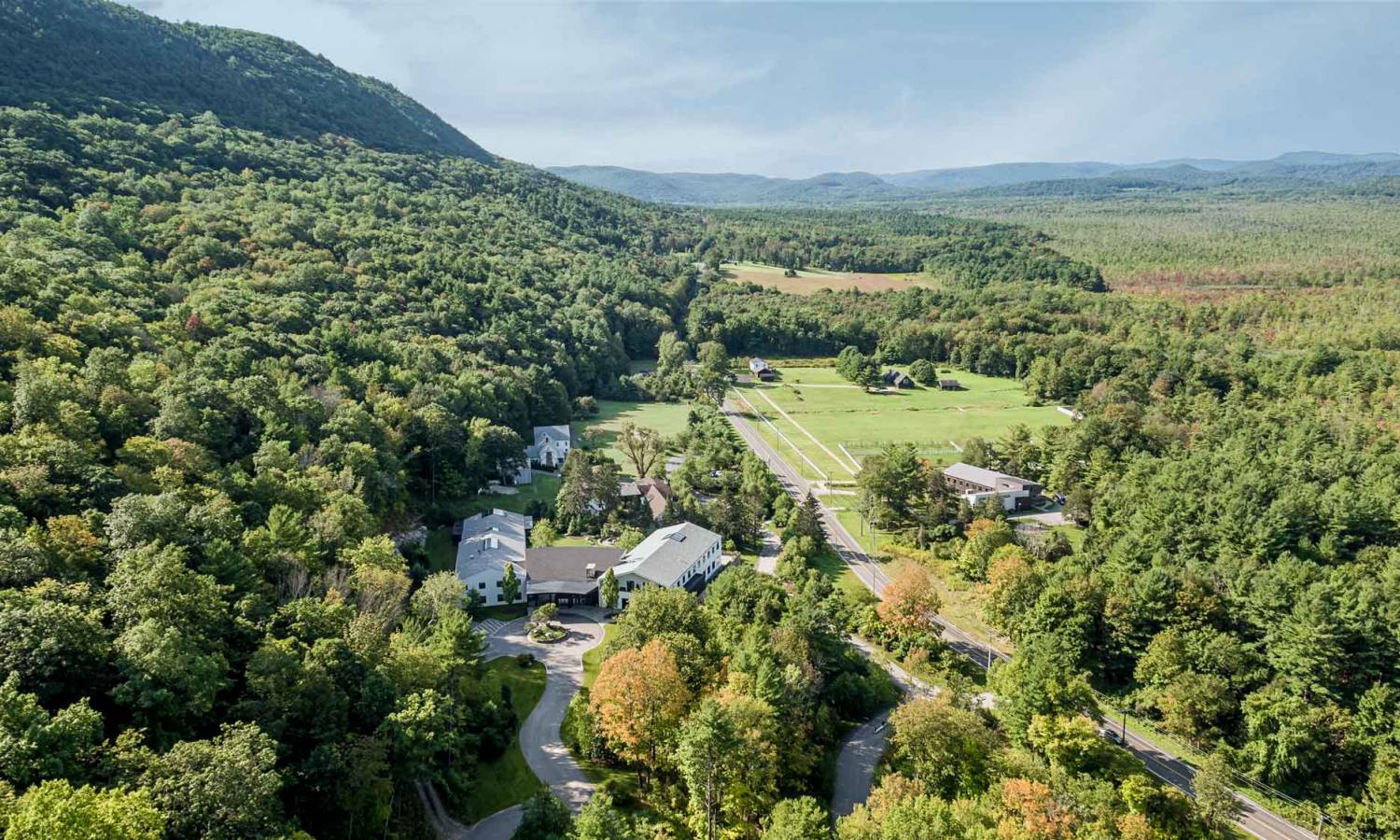New York, NY – For adults, Halloween isn’t just about costumes and candy; for many, the festivities take place at homes or bars where alcohol is available. The holiday can become truly frightening when social drinking spirals into binge drinking. This Halloween, Mountainside treatment center cautions the public as well as people in addiction recovery about the dangers of excessive drinking.
Binge drinking, which is defined by the CDC as consuming five or more drinks for men and four or more drinks for women within a two hour period, increases the risk of alcohol-related injuries and accidents. Dangerous side effects may include dizziness, memory lapses (blackouts), and seizures. For those recovering from alcoholism, being surrounded by others who are drinking could jeopardize their sobriety.
There are alternatives for those who would like to socialize on Halloween without overindulging. For instance, BIGVISION is hosting a Sober Spooky Halloween Party, in partnership with Sans Bar, a trendy alcohol-free space, and Mountainside Chelsea, a new recovery resource center in the heart of New York City. The event will feature a photo booth, game room, and a costume contest as well as music and creative, non-alcoholic beverages.
Even for those who are not in recovery, avoiding or limiting alcohol intake on Halloween night can be lifesaving. Because alcohol lowers inhibitions, binge drinking often leads to drunk driving and other reckless behaviors. Between 2013 and 2017, motor vehicle crashes on Halloween night claimed the lives of 158 people nationally, according to the U.S. Department of Transportation. Of these fatal accidents, 42 percent involved a drunk driver. Added hazards on the roadways can be deadly for pedestrians as well, including families with children who plan on trick-or-treating.
“Even though Halloween is a time for having fun, partygoers also need to be vigilant. To avoid endangering themselves and others, they can curb their alcohol intake by eating beforehand and drinking water to stay hydrated. Never drink and drive. Instead, plan to travel with a designated driver or arrange to stay over a friend’s house,” says Amy Sedgwick, Director of Clinical Operations at Mountainside. “Parents should take added precautions by reminding their young trick-or-treaters to watch for oncoming cars, having them carry a flashlight or wear reflective clothing, and ensuring that they do not eat unwrapped or open candy.”
Those struggling with binge drinking can safeguard their health through the holidays and beyond by consulting a local treatment professional.

